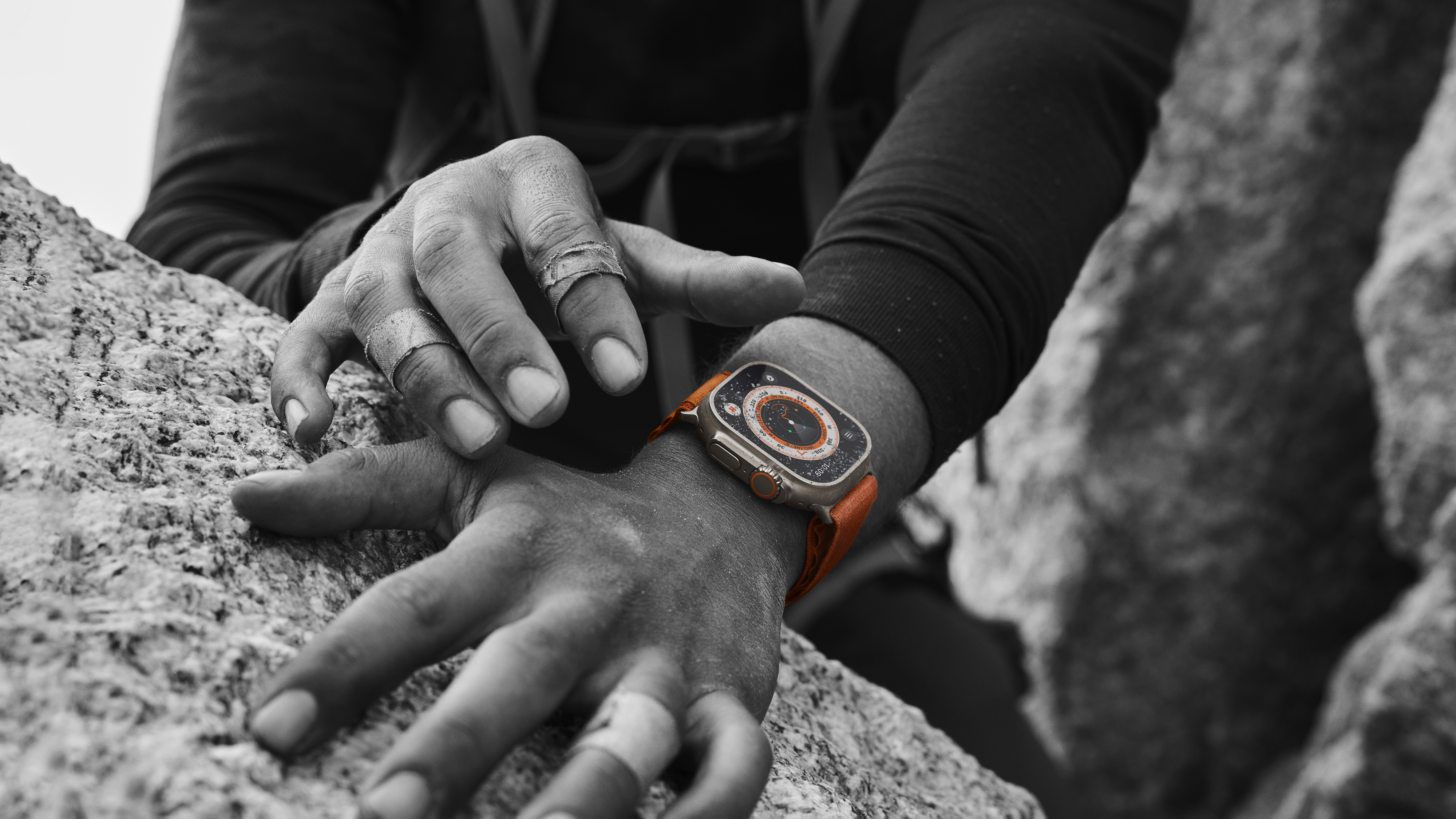Is Apple really going to 3D print its premium Apple Watch Ultra 2?
Some of the Apple Watch Ultra 2's mechanical parts will reportedly be 3D printed but don't worry: it's not a downgrade


The next Apple Watch Ultra could have 3D-printed parts. That's according to a new report from analyst Ming-Chi Kuo, who says that Apple is "actively adopting 3D printing technology" and that in particular, "some of the titanium mechanical parts of the 2H23 new Apple Watch Ultra will be made by 3D printing."
Those components are likely to be the moving parts: the digital crown, the side button and the action button.
The goal is to cut costs, although somehow I doubt any cost-cutting will mean lower prices for the Ultra 2. But Apple's hope is that the tech will reduce production time and reduce costs, and if its early experiments go well it will expand the tech to other Apple products.
How do you 3D print a smartwatch?
If like me the phrase 3D printing makes you think of plastic figures and parts, don’t worry: the Apple Watch Ultra 2 isn’t going to start resembling a Fisher-Price toy. If anything, the tech could make the next Ultra even tougher.
The tech Apple is reportedly using is cutting edge: it builds the component in the same way as other laser printing but instead of nylon or plastic the materials used are metal dust, such as a titanium alloy. According to Kuo the suppliers for the tech are IPG Components for the laser bits and bobs, and Farsoon and BLT for the printer tech.
Metal 3D printing is typically used in aerospace thanks to its lower "buy to fly" cost: with traditional CNC machining most of the raw materials are cut away, but with metal 3D printing the object is built up rather than cut out. It’s much less wasteful and much more efficient, and the results are pretty much the same as with CNC machining. Sometimes it’s even better than CNC: 3D-printed metal can be very dense and very tough.
Don’t expect a 3D-printed iPhone any time soon: this tech is going to be used for little components, not entire assemblies. But it could help reduce the materials usage across Apple’s product line-up, and that can’t be a bad thing.
Get all the latest news, reviews, deals and buying guides on gorgeous tech, home and active products from the T3 experts
Writer, musician and broadcaster Carrie Marshall has been covering technology since 1998 and is particularly interested in how tech can help us live our best lives. Her CV is a who’s who of magazines, newspapers, websites and radio programmes ranging from T3, Techradar and MacFormat to the BBC, Sunday Post and People’s Friend. Carrie has written more than a dozen books, ghost-wrote two more and co-wrote seven more books and a Radio 2 documentary series; her memoir, Carrie Kills A Man, was shortlisted for the British Book Awards. When she’s not scribbling, Carrie is the singer in Glaswegian rock band Unquiet Mind (unquietmindmusic).
